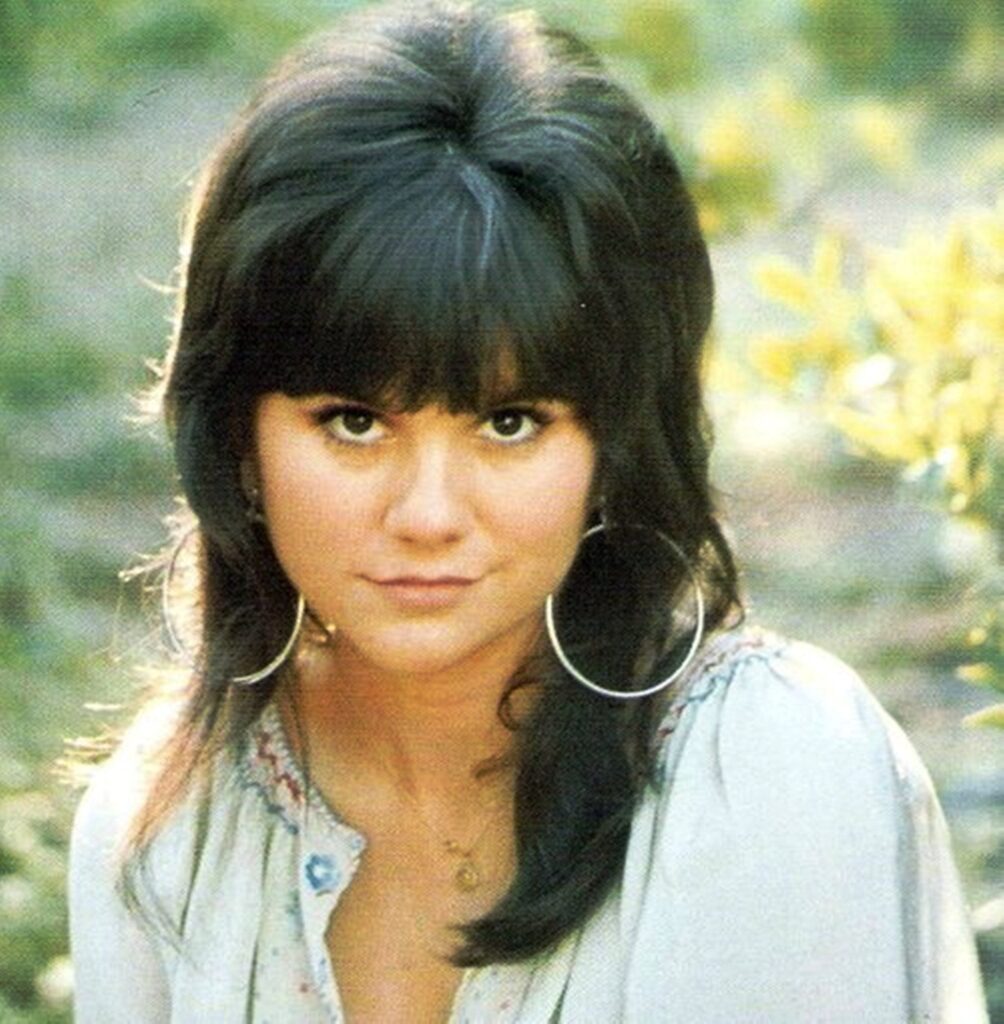
A Woman’s Voice Breaking Free from the Script of Love and Convention
When Linda Ronstadt’s incandescent voice brought “Different Drum” to life in 1967, it carved an indelible path through the folk-rock landscape and marked the emergence of a female artist unafraid to assert emotional agency in a genre long dominated by male narratives. Released under the moniker of The Stone Poneys, from their second album Evergreen Vol. 2, the song climbed to No. 13 on the Billboard Hot 100, offering an early glimpse into Ronstadt’s singular gift for interpreting a lyric with both vulnerability and defiance. Written by Michael Nesmith of The Monkees fame, “Different Drum” was initially conceived with a man’s voice in mind—but it was Ronstadt’s aching soprano that transformed it into a cultural statement, one that reverberates across generations.
At first glance, “Different Drum” may present itself as a breakup song—its melodic charm and lilting instrumentation masking the quiet revolution embedded in its verses. But beneath the surface lies something far more nuanced: an anthem of feminine autonomy, a rejection of romantic scripts that demand submission or self-erasure. When Ronstadt sings, “You and I travel to the beat of a different drum,” she is not merely ending a relationship; she is reasserting control over her own narrative. The choice to frame this assertion not as bitterness but as clarity—that rarest kind of emotional maturity—imbues the song with timeless resonance.
The origin story behind Ronstadt’s version is nearly as compelling as the track itself. Michael Nesmith, despite being the writer, was never given space to record it with The Monkees. His original demo bore a faster, more country-inflected rhythm—spirited but conventional. When The Stone Poneys were presented with the song by producer Nick Venet, Ronstadt initially felt out of place singing lead on such a forward-facing declaration. Yet once she stepped into the vocal booth, she found not just her voice but her artistic purpose. It was Venet’s decision to strip away most of the band’s involvement and reframe the arrangement with strings and harpsichord that elevated “Different Drum” from simple folk tune to baroque-pop gem.
This orchestration added depth and drama, but it is Ronstadt’s performance that etches itself into memory—the tremble in her phrasing, the unspoken ache between words. She does not beg or plead; she informs. Her tone is apologetic only in form, never in content. In 1967, when so many female vocalists were still cast as muses or jilted lovers, Ronstadt dared to speak with finality, without villainizing her partner or sanctifying herself.
And therein lies the song’s genius: its emotional complexity wrapped in melodic simplicity. “Different Drum” is less about heartbreak than about boundaries—about knowing when love becomes constraint rather than liberation. It tells us that incompatibility is not failure but freedom waiting to be claimed.
For Linda Ronstadt, this track wasn’t just an early hit; it was a quiet manifesto. Long before she became known as one of America’s most versatile vocalists—traversing rock, country, opera, and Mexican rancheras—it was here, in these three minutes of graceful defiance, that she announced herself as an artist unwilling to be defined by expectations. A woman who would forever travel to the beat of her own drum—and invite us all to listen more closely to our own rhythms.